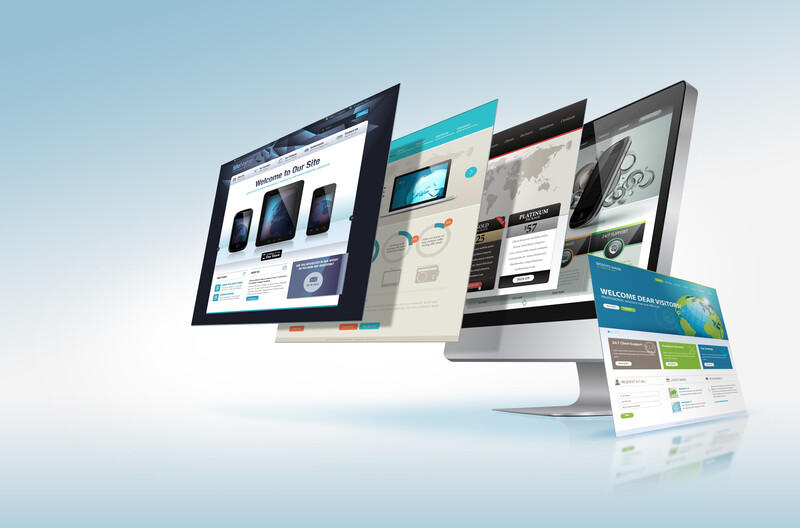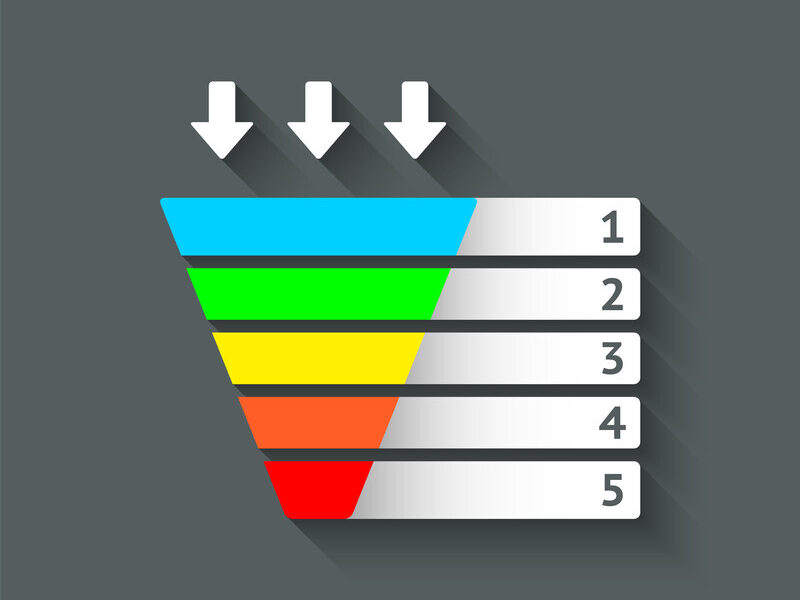In today’s highly competitive business environment, having an effective lead generation strategy is crucial to your success. With the rise of digital marketing, there are many ways to generate leads for your business, but two of the most popular methods are through sales funnels and websites.
In this article, we will explore the difference between these two options, why sales funnels may be better for lead generation, and how to optimize your website for generating leads. We will also discuss the best sales funnel software for businesses and how combining sales funnels and websites can produce maximum results.
Understanding the Difference Between a Funnel and a Website
Before diving into the world of lead generation strategies, let’s first understand the difference between a sales funnel and a website. Although both are essential tools for attracting potential customers, they serve different purposes and function differently.
A sales funnel is a marketing concept that maps out the journey a customer goes through before making a purchase. It starts with the initial stage of attracting potential customers, then guiding them through a series of steps to convert them into paying customers.
The funnel is typically divided into several stages: awareness, interest, decision, and action. In a sales funnel, each stage is designed to filter out uninterested prospects, ensuring that only the most qualified leads move forward in the process.
On the other hand, a website is a digital platform that serves as the online face of your business. It contains information about your products or services, company background, and contact information. While a website can be an essential tool for generating leads, its primary purpose is not to guide visitors through a specific sales process.
Why Sales Funnels Are Better for Lead Generation
While both sales funnels and websites can be effective lead generation tools, funnels tend to be more efficient for several reasons.
1. Focused on conversion: The primary purpose of a sales funnel is to guide potential customers through a series of steps designed to convert them into paying customers. This focus on conversion means that every element of the funnel is optimized to encourage visitors to take the desired action.
2. Eliminates distractions: Unlike a website, which often contains a wealth of information and multiple pages, a sales funnel is designed to be simple and streamlined. This lack of distractions makes it easier for visitors to focus on the content and message you want to convey.
3. Better targeting: Sales funnels allow you to target specific segments of your audience with tailored content and offers. This personalization makes it more likely that visitors will engage with your message and ultimately convert.
4. Easier to measure and optimize: With a sales funnel, it’s much simpler to track the success of your lead generation strategies. You can easily monitor how many people are entering the funnel, how they’re progressing through the stages, and where they’re dropping off. This data allows you to make informed decisions about how to optimize your funnel for better results.
Best Sales Funnel Software for Businesses
There is a wide array of sales funnel software available to help businesses create and optimize their lead generation strategies. Here are some of the best options on the market:
- ClickFunnels: ClickFunnels is a popular all-in-one sales funnel builder that allows you to create and manage your funnels with ease. With a wide range of pre-built templates and a drag-and-drop editor, creating a high-converting funnel is simple.
- Leadpages: Leadpages is another powerful sales funnel builder that focuses on creating high-converting landing pages. With a vast library of templates and a user-friendly editor, Leadpages makes it easy to design and launch effective funnels.
- Kartra: Kartra is an all-in-one marketing platform that includes a robust sales funnel builder. With advanced features such as automation, segmentation, and analytics, Kartra is a great option for businesses looking to take their lead generation strategies to the next level.
- Unbounce: Unbounce is a popular landing page builder that allows you to create and optimize high-converting funnels. With a wide range of templates and powerful A/B testing features, Unbounce is an excellent choice for businesses looking to improve their lead generation efforts.
How to Optimize Your Website for Lead Generation
While sales funnels may be more efficient for lead generation, your website can still be an effective tool for attracting and converting potential customers.
Here are some tips for optimizing your website for lead generation:
- Make your website user-friendly: Ensure that your website is easy to navigate and that visitors can quickly find the information they’re looking for. This will increase the chances that they’ll stay on your site and explore your products or services.
- Create valuable content: Offer your visitors high-quality content that provides valuable information and insights. This will help establish your credibility and encourage visitors to engage with your business.
- Incorporate clear calls-to-action: Make it easy for your visitors to take the desired action by including clear calls-to-action (CTAs) throughout your website. These CTAs should be prominently displayed and direct visitors to the next step in the sales process.
- Capture visitor information: Use forms, pop-ups, or other tools to collect visitor information, such as email addresses or contact details. This will allow you to follow up with potential leads and nurture them through the sales process.
Combining Sales Funnels and Websites for Maximum Results
To maximize your lead generation efforts, consider combining the power of sales funnels and websites. By using your website as a platform to attract potential customers and your sales funnel to guide them through the buying process, you can create a powerful system that drives conversions and boosts your bottom line.
Some ways to integrate sales funnels and websites include:
- Embedding funnels on your website: You can embed your sales funnel directly into your website, allowing visitors to access it without leaving your site. This seamless integration can improve the overall user experience and encourage more conversions.
- Linking to your funnels from your website: Include links to your sales funnels on your website’s main navigation, blog posts, or other strategic locations. This will direct website visitors to your funnels, increasing the chances of conversion.
- Using retargeting campaigns: Use retargeting ads to remind website visitors about your sales funnels and encourage them to return to complete the buying process.
Conclusion and Next Steps for Implementing Lead Generation Strategies
In conclusion, both sales funnels and websites can be effective tools for generating leads for your business. However, funnels tend to be more efficient due to their focus on conversion and streamlined design.
By understanding the difference between these tools and incorporating the best sales funnel software into your marketing strategy, you can significantly boost your lead generation efforts.
To get started, consider optimizing your website for lead generation and exploring the various sales funnel software options available.
Then, work on integrating your sales funnels and websites for maximum results. By implementing these powerful lead generation strategies, your business will be well on its way to attracting, converting, and retaining more customers than ever before.




